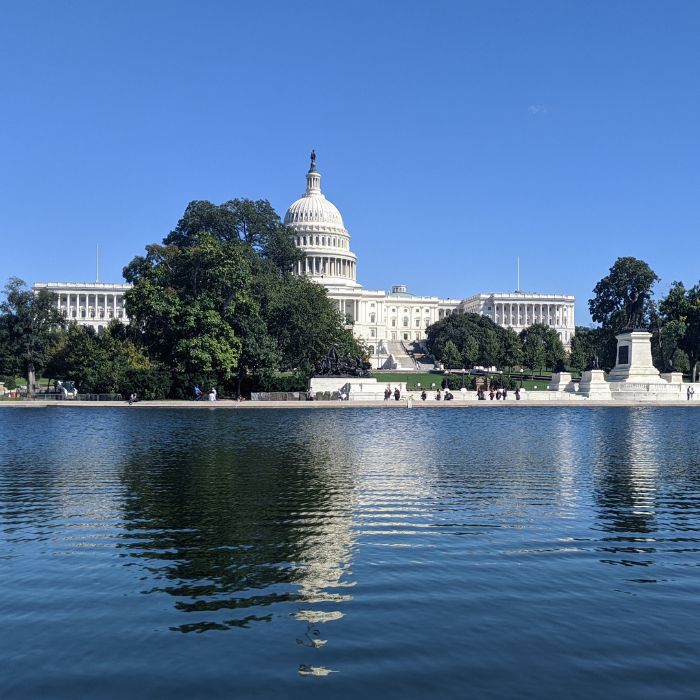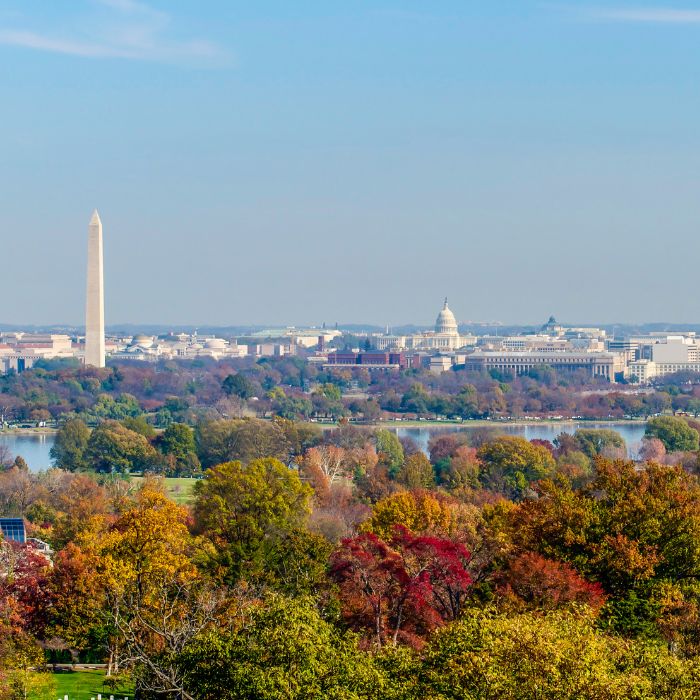DOL Issues Revised Rule Increasing PERM and H-1B Wage Minimums
January 12, 2021
At a Glance
- The regulation will restructure the prevailing wage system for the H-1B, E-3, H-1B1 and PERM Programs, imposing higher government wage minimums, though not as high as those initially sought by DOL.
- Entry-level wages for H-1B and PERM cases, for example, will increase to the 35th percentile of wages for the occupation and geographic location, from the 17th percentile— just above the current wage minimum for Level II.
- Though the rule is to take effect 60 days from publication, increased wage minimums will not be imposed until July 1, 2021 and will be coupled with a multi-year phase-in period.
- Most positions will undergo an 18-month transition period. However, special adjustments are to be made for the next three and a half years for H-1B workers who, as of October 8, 2020, were the beneficiaries of an I-140 petition or eligible for a post-sixth year H-1B extension.
- The rule could be placed on hold by the incoming Biden Administration as it reviews this and other rules finalized in the last days of the Trump Administration. The regulation could also be challenged in federal court.
The issue
The Department of Labor (DOL) has revised and reissued a prevailing wage rule that lifts wages for H-1B, E-3, and H-1B1 nonimmigrant cases and the PERM labor certification program. The new rule, which is expected to be published on January 14, comes after three federal district courts struck down an earlier fast-tracked version that was published and briefly implemented late last year. The final rule contains significant prevailing wage increases for all wage levels, though the new minimums are not as high as initially sought by DOL. The rule also provides a multi-year transition period which is intended to give employers time to meet the wage increases and makes certain accommodations for H-1B workers who are pursuing employment-based permanent residence. Initial wage increases are set to begin on July 1, 2021.
Restructuring the government prevailing wage system has long been a priority of the Trump Administration. On October 8, 2020, DOL made its first attempt to meet this goal by issuing an interim final rule (IFR), which significantly increased government prevailing wage minimums for foreign professional workers. The rule took effect immediately before public comments were considered, with DOL justifying the expedited review and implementation as a means to support U.S. workers amid the economic impact of the COVID-19 pandemic. In early December, however, three federal courts struck down the rule, finding DOL did not have good cause to expedite implementation and bypass notice and comment rulemaking procedures in violation of the Administrative Procedures Act.
Though the revised regulation attempts to resolve some concerns raised by the federal courts and stakeholders, it too is likely to face challenges in court. It is also possible that the Biden Administration may pause this and other forthcoming Trump Administration rules in order to provide the new administration with time to review their contents and determine whether they will move forward.
A closer look at the revised rule
The Department of Labor uses Occupational Employment Statistics (OES) data from the Bureau of Labor Statistics (BLS) to determine prevailing wages in a wide array of occupations. The prevailing wage rate is defined as the average wage paid to similarly employed workers in a specific occupation in the geographic area of intended employment. The OES prevailing wage is subdivided into four tiers or wage levels, representing the range of skills from entry level to experienced.
Under the revised rule, OES prevailing wage minimums will increase significantly for foreign workers at all four levels of skill and experience. For example, under current rules, the Skill Level I (entry level) wage minimum is set at the 17th percentile of the average wage for the occupation. When the new regulation takes effect, the entry-level minimum will increase to the 35th percentile – just above what is today the minimum salary for Skill Level II.
Notwithstanding these wage increases, the regulation will permit employers to continue to use alternative wage sources instead of DOL prevailing wage data for LCAs and PERM applications; these sources are not subject to the DOL wage percentiles.
DOL Prevailing Wage Levels: Current and New
| Skill Level | Current Percentile | Interim Final Rule Percentile (10/08/2020) |
Revised Final Rule |
| Level I | 17 | 45 | 35 |
| Level II | 34 | 62 | 53 |
| Level III | 50 | 78 | 72 |
| Level IV | 67 | 95 | 90 |
Implementation of the new rule
The final rule contains a transition period for all filings as well as a longer four-step wage adjustment period for certain H-1B workers pursuing permanent residence.
The general implementation of the rule will take effect in phases as follows:
- Phase 1, Rule Effective Date through June 30, 2021: LCAs filed and PWDs issued during this timeframe are to remain subject to current wage levels, with Level I at the 17th percentile, Level II at the 34th percentile, Level III at the 50th percentile and Level IV at the 67th percentile.
- Phase 2, July 1, 2021 through June 30, 2022: The new wage levels will take effect, however, they are to be adjusted downward as follows – Levels I and IV are to be set at the higher of either 90% of the wage value calculated at the 35th and 90th percentile or the mean of the lower one-third of the current OES wage distribution. Levels II and III are to be set using the wage calculations outlined in the Immigration and Nationality Act (INA), which rely on the amounts listed in Levels I and IV.
- Phase 3, July 1, 2022 and after: The new wage levels are to take effect without any adjustments, with Level I at the 35th percentile, Level II at the 53rd percentile, Level III at the 72nd percentile and Level IV at the 90th percentile.
Additional wage adjustments are included for LCAs filed and PWDs issued on behalf of H-1B workers pursuing employment-based permanent residence. Specifically, where the H-1B worker was, as of October 8, 2020, the beneficiary of an approved I-140 Petition or eligible for a post six-year H-1B extension, wage increases will be implemented as follows:
- Phase 1, Rule Effective Date through June 30, 2021: LCAs filed and PWDs issued during this timeframe are to effectively remain subject to current wage levels.
- Phase 2, July 1, 2021 through June 30, 2022: Levels I and IV are to be set at the higher of 85% of the wage value calculated at the 35th and 90th percentile or the mean of the lower one-third of the current OES wage distribution. Levels II and III are to be set using the wage calculations established in the INA.
- Phase 3, July 1, 2022 through June 30, 2023: Levels I and IV are to be set at the higher of either 90% of the wage value calculated at the 35th and 90th percentile or the mean of the lower one-third of the current OES wage distribution. Levels II and III are to be set using the wage calculations established in the INA.
- Phase 4, July 1, 2023 through June 30, 2024: Levels I and IV are to be set at the higher of either 95% of the wage value calculated at the 35th and 90th percentile or the mean of the lower one-third of the current OES wage distribution. Levels II and III are to be set using the wage calculations established in the INA.
Starting July 1, 2024, all LCAs and PWDs are to be subject to the new leveling.
What’s next
Though the rule is set to take effect within 60 days of publication in the Federal Register, its impact will not be immediate. Current prevailing wage levels will remain in place until July 1, 2021, for H-1B, E-3, H-1B1 and PERM cases. In addition, like its prior iteration, the final rule may be the subject of federal lawsuits, though DOL took steps to address concerns raised in earlier challenges by responding to public comments, providing notice in advance of the slated effective date, and expanding its economic impact analysis. Moreover, the Biden Administration could place the wage rule – along with other regulations finalized during the last days of the Trump Administration – on hold in order to review its contents and determine whether it should take effect. The incoming Biden Administration has expressed support for the concept of increasing prevailing wages.
Fragomen is closely analyzing the new regulation and monitoring its implementation. Further client alerts will be issued as developments occur.
This alert is for informational purposes only. If you have any questions, please contact the immigration professional with whom you work at Fragomen.














